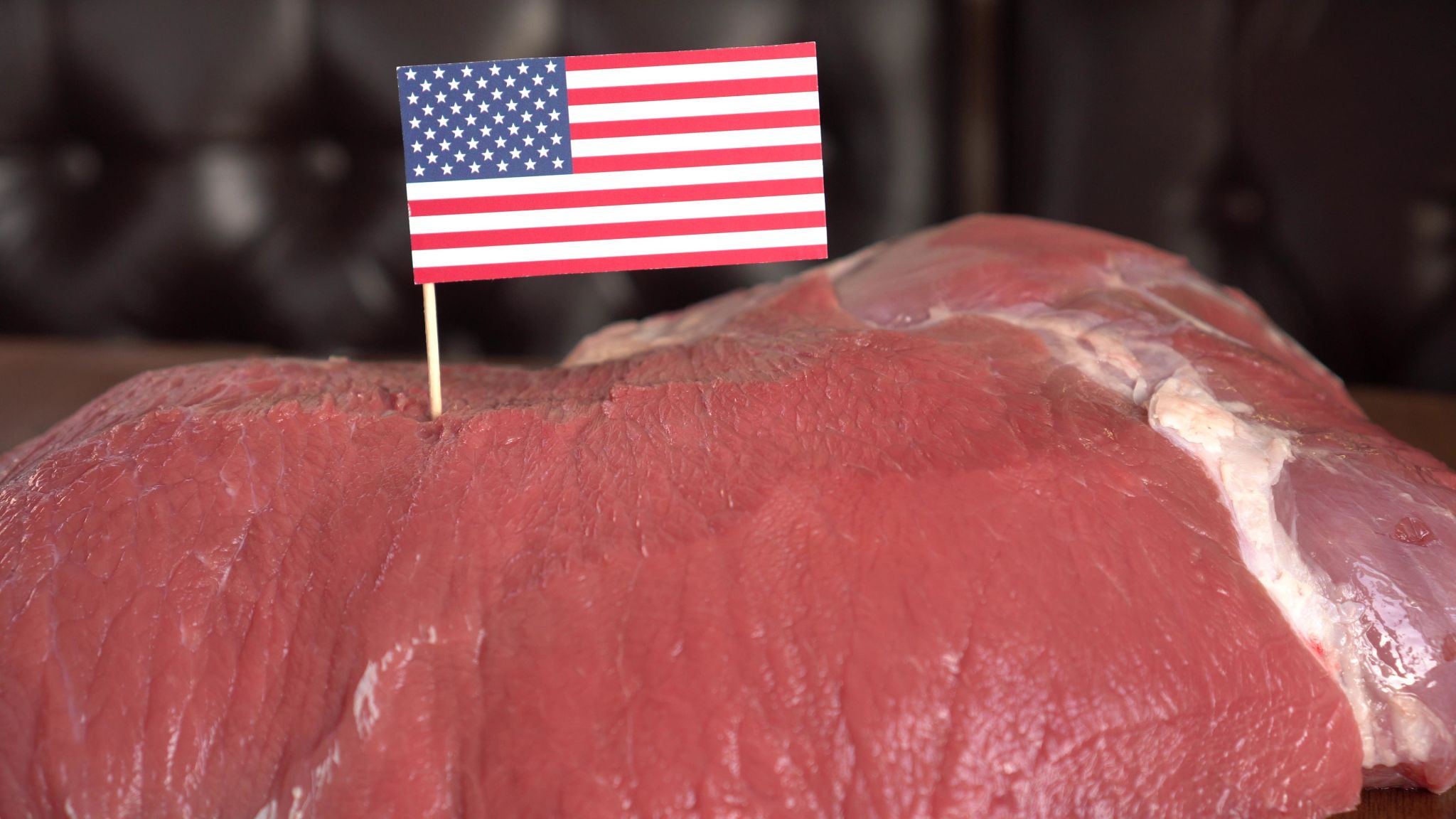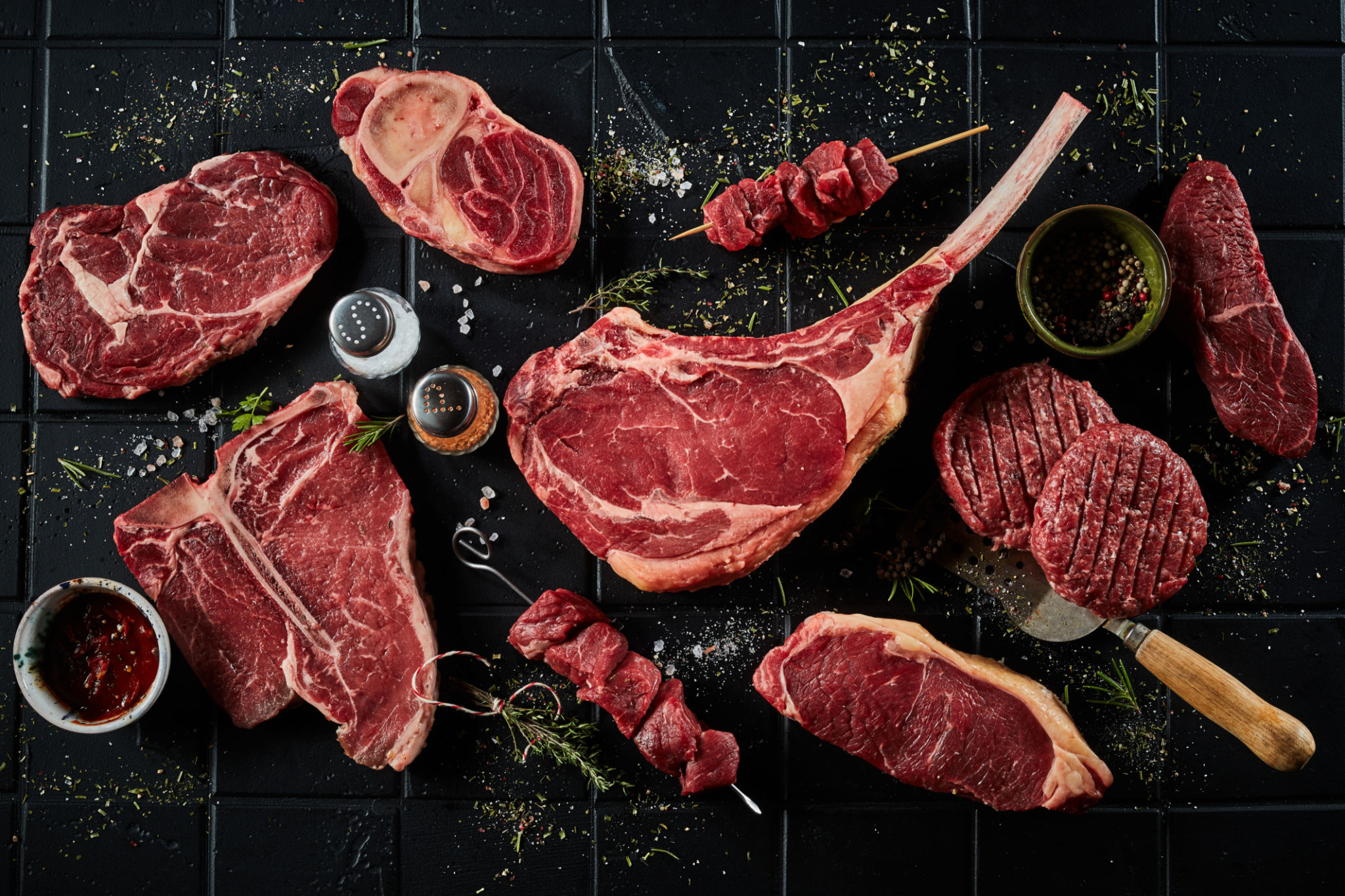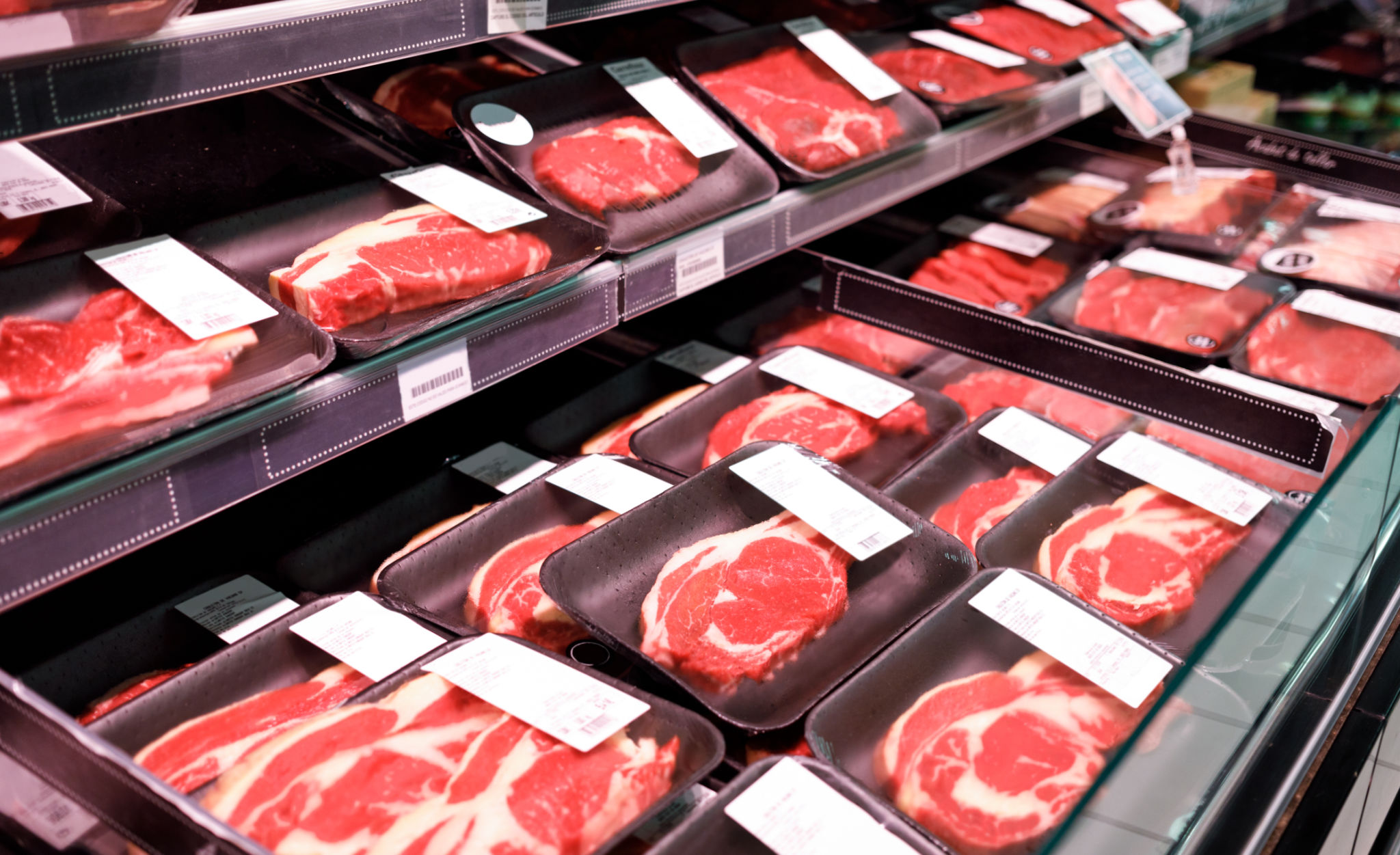Myth-Busting: Common Misconceptions About US Beef Exports to Asia
OP
Understanding US Beef Exports to Asia
When it comes to the global beef market, the United States plays a significant role, especially in exporting beef to Asian countries. However, there are several misconceptions surrounding this industry. In this post, we aim to debunk some of the most common myths about US beef exports to Asia.

Myth 1: US Beef is Inferior in Quality
One widespread myth is that US beef exported to Asia is of inferior quality compared to beef sold domestically. In reality, US beef is known worldwide for its high quality. The US Department of Agriculture (USDA) implements stringent grading systems that ensure only the best beef is exported. This means that consumers in Asia often enjoy meat that meets or even exceeds the standards expected by American consumers.
The grading system evaluates factors like marbling, color, and texture, ensuring that only premium cuts reach international markets. This rigorous process helps maintain the reputation of US beef as a top-tier product.

Myth 2: US Beef is Unaffordable for Asian Consumers
Another common misconception is that US beef is too expensive for the average Asian consumer. While it is true that high-quality beef comes at a premium price, the variety of cuts available allows for a range of price points. This makes US beef accessible to different segments of the market in Asia.
Furthermore, strategic partnerships and trade agreements often help reduce costs and make US beef more competitive. As a result, consumers across Asia can enjoy premium US beef without breaking the bank.

Myth 3: US Beef Compromises Local Industries
Some believe that importing US beef undermines local beef industries in Asian countries. However, the reality is more nuanced. Many Asian markets import US beef to complement local production rather than replace it. This helps meet growing consumer demand without overwhelming local suppliers.
This synergy allows for a diversified market where consumers have access to a variety of options. In fact, imports can stimulate local industries by encouraging higher standards and innovation through healthy competition.

Myth 4: Exporting to Asia Harms the Environment
Environmental concerns are a significant topic in today’s global trade discussions. Some argue that exporting beef from the US to Asia exacerbates environmental issues. However, many US beef producers are actively working to minimize their carbon footprint through sustainable farming practices.
These efforts include improving feed efficiency, reducing water usage, and implementing better land management techniques. As such, the environmental impact of exporting US beef is continuously being mitigated through innovation and responsibility.

The Future of US Beef Exports to Asia
The future looks promising for US beef exports to Asia as both regions continue to strengthen trade relations. Enhanced regulatory cooperation and consumer education play crucial roles in dispelling myths and fostering trust in the quality and sustainability of US beef.
Understanding these dynamics can help consumers make informed decisions while enjoying a diverse range of high-quality products. As misconceptions are addressed and debunked, the benefits of global trade become increasingly apparent.
